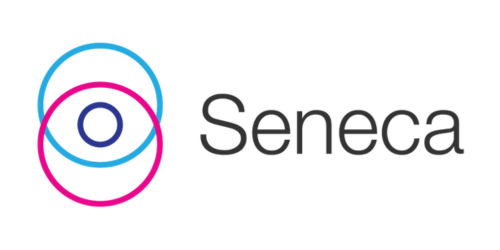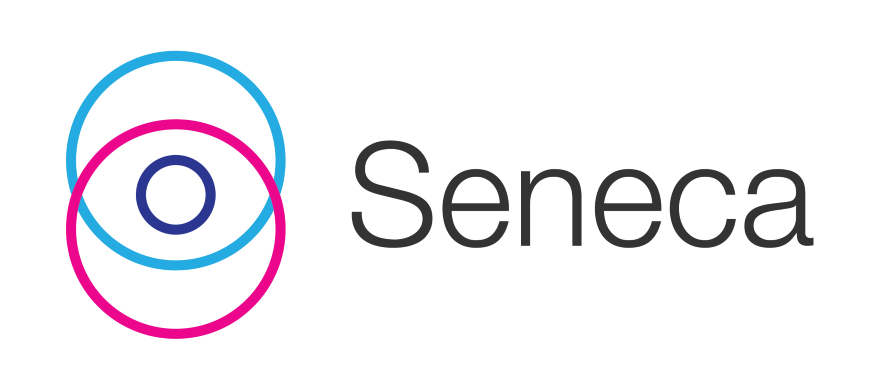The Core Lithium Ltd (ASX: CXO) share price has been in a tailspin since the release of its June quarterly production report. CXO shares fell 16% on the day of releasing its quarterly results, and a further 4% in the subsequent two trading days.
CXO share price
The Core Lithium mine in Northern Territory seems to have run into some difficulties. The resource is spread over multiple mining areas, which makes it harder to achieve economies of scale that are so important in bulk commodities.
We have always been of the view that the valuation for CXO share price has been extreme for the stated resource base, which has a much shorter mine life of 12 years compared to 20+ years for tier 1 producers like Pilbara Minerals Ltd (ASX: PLS) and IGO Ltd (ASX: IGO).
Analysts across the market have been expecting production to ramp up to close to 200kt by FY25 and the mine to operate at near the 72% recoveries outlined in the DFS. Core Lithium just announced at their June quarterly that FY25 production will be less than 80kt and recoveries are in 48%, a significant miss to expectations.
As a result of needing to move more dirt (higher strip ratio), for less saleable product, ongoing average costs have blown out. These high strip ratios and low recoveries would make almost any bulk commodity mine a marginal proposition.
In my experience, sub-scale mining assets make for poor investments and as development occurs and the mining area expands, I wouldn’t be surprised if more assumptions are challenged, and the viability of this project gets called into question.
CXO share price valuation
With the drawcard of near-term production, Core Lithium ran up to a market cap of over $3 billion. At today’s share price, that figure is still ~$1.3 billion.
When you compare the valuation of CXO vs PLS, the two shares trade on a roughly equivalent enterprise value to production tonnes ratio, despite PLS effectively printing cash and Core Lithium struggling to make a dime. Canaccord has Core Lithium making negative free cash flow in FY23 and FY24. Given the elevated spot price for lithium relative to long-term pricing assumptions, Pilbara stacks up better, ‘making hay while the sun shines’ as the expression goes.
What do the brokers say?
CXO has 1 buy, 2 holds and 2 sell ratings. With a median target price of $0.75, CXO faces earnings downgrades following the quarterly production update and any further dilution would also be a negative for target prices.
How did we end up here?
Core Lithium is a well-held share in Australian retail investor portfolios. In June, we noted online broker Stake’s “top 10 most commonly held shares” had Core Lithium ranked second, ahead of BHP Group Ltd (ASX: BHP), Commonwealth Bank of Australia (ASX: CBA) and even diversified exposures like Vanguard Australian Shares Index ETF (ASX: VAS).
Institutional investors disagree, thinking that Core Lithium is overvalued, with 10.25% of CXO shares outstanding currently short sold, making it the most shorted stock on the entire ASX.
While shares can be sold short for a number of reasons (hedging exposure, cover into a capital raise, etc), in this case, it appears that Instos are telling us that CXO shares are overvalued.
Which lithium shares to buy instead?
We have previously highlighted the valuation discrepancy between lithium brine and hard rock players. Instead of overpaying for Australian hard rock lithium exposure, our view is that lithium brine shares such as Vulcan Energy Resources Ltd (ASX: VUL) in Germany are trading too cheaply for the potential scale of its project.
The other brine player for your watchlist is Galan Lithium Ltd (ASX: GLN) in Argentina, whose pilot plant recently produced first lithium chloride concentrate as promised.
Both Vulcan and Galan have quality management teams that are aligned with shareholders and are developing projects of significant scale with the potential to operate as first-quartile cost producers.


